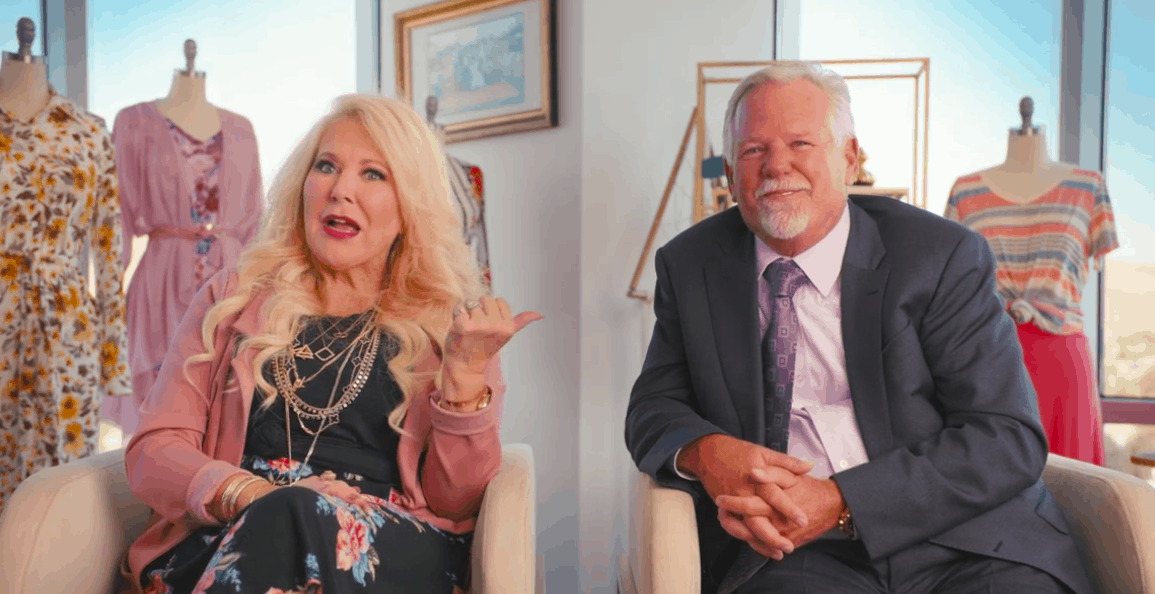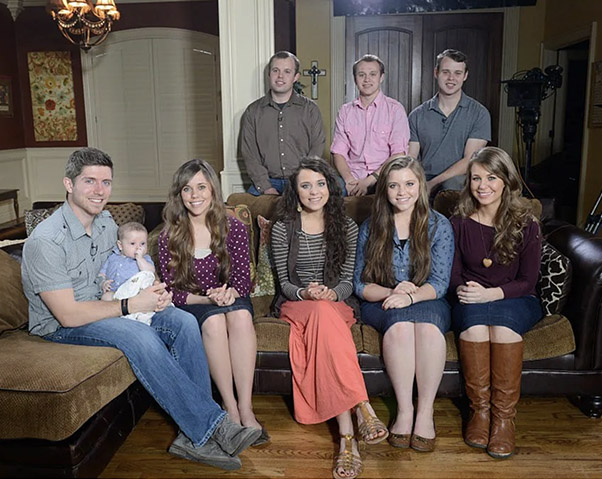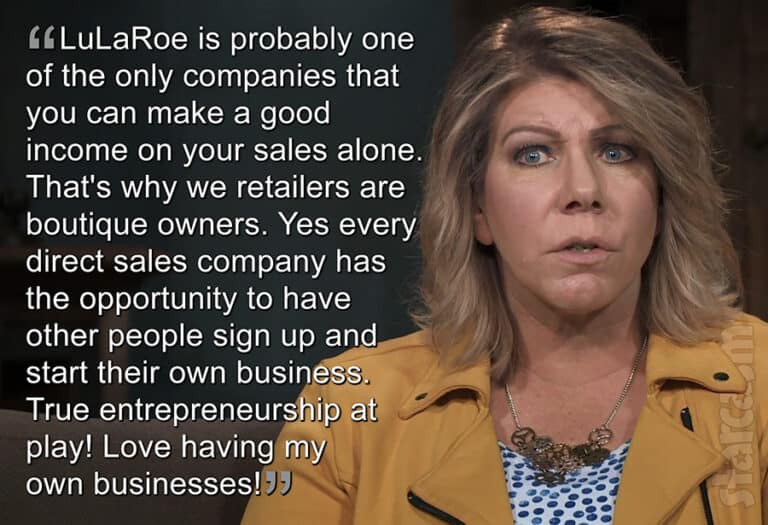MLMs The True Story of How LuLaRoe Started

The highly controversial LuLaRoe multi-level marketing company clothing company started in 2012, but the roots of the company date back to 1988 when DeAnne Stidham was a mom on a budget looking for fashionable clothes for her little girls.
DeAnne is now the president of LuLaRoe and her husband Mark Stidham is the CEO of the large company that has been sued dozens of times over potentially predatory practices. The couple sat down for an interview for what became the documentary LuLaRich, which is currently streaming on Amazon Prime. During the interview, they told the story about how LuLaRoe came to be what it is today.
Before LuLaRoe
Back in 1988, DeAnne’s business sense perked up when she found a guy at a swap meet selling dresses that her girls would love at a fraction of the cost of department stores. DeAnne also realized that other moms she knew would love these dresses for their children, so she started hosting selling parties.
DeAnne was on a mission to make this business grow for her. She would book up to 15 parties a week in three different states (Arizona, Utah, and Nevada.)
She even learned to sew herself, and added her own handmade maxi dresses to her selling parties. DeAnne was able to make a good living for over two decades selling clothes in these parties within a traditional business structure that was not an MLM or pyramid scheme.
At the time Mark would often drive to L.A. to pick up more fabric and patterns for DeAnne. During this time the idea of limited patterns, which is a huge part of the LuLaRoe hype, became a part of the allure of what DeAnne was doing. She would sell out of certain patterns of skirts because customers feared they would not be available again.
The beginning of LuLaRoe
In 2012 that all changed when another woman wanted to sell some of her skirts. They figured out a price to sell to this woman so they could make a profit, and she could sell them and make a profit herself. This was DeAnne’s first downline, and Lularoe LLC was founded soon after.
Ashleigh Lautaha (a.k.a. Ashleigh Rawson) she was one of the first retailers to join LuLaRoe. Under MLM (multi-level marketing) structures, the earlier someone comes on board, the more potential they have to actually make good money longterm.
She joined because she had seen people posting LuLaRoe maxi dresses on social media, but she couldn’t figure out how to just order them for herself. This is another hallmark of MLMs, you often have to find a real-life person to sell you a product, you cannot buy it from a website where all the inventory is available to everyone. As of 2021, the LuLaRoe website is set up in a way that you can see the current styles available, but you have to search through the inventory of retailers in order to make your purchase. The company did not operate like this at the beginning.
Ashleigh contacted DeAnne, who proposed to her a business opportunity. DeAnne even flew out to Washington to help DeAnne set up her new business. She even showed DeAnne how to fold the clothes. Ashleigh would host pop-up parties and had tubberware tubes full of maxi skirts. “The goal was always making money and making new contact,” Ashleigh says.
What Ashleigh was doing created such a buzz and hype that other people wanted to sell skirts too. This was was definitely encouraged. A big marketing phrase used at the company in the early stages implored potential retailers to “join the movement.”
Where did the name come from?
The name LuLaRoe comes from DeAnne and Mark Stidham’s three oldest grandchildren’s names: Lucy, Lola, and Monroe.
How dod MLMs work, and how are they different from other businesses
The business structure of LuLaRoe like many similar businesses operating today (like Avon, LeVel, HerbalLife, Young Living, Monat, Plexus and dozens more) behaves like what is commonly called a “pyramid scheme.” These types of businesses sell products, but the real goal of sellers recruited to sell these products is not to make money selling the products (like how a salesman, or an influencer might) but to develop a team underneath you who also look to add team-members who buy inventory and focus on recruits. This creates a business structure that is focused on selling a dream of entrepreneurship that is not sustainable for most of the people in the struction, instead of the focus being solely on the products themselves.
TThe sellers, or “retailers” as LuLaroe classifies them, end up being the main “customers” of the business. The larger LulaRoe business doed not track or incentivize based on what they sell, but on the inventory they buy, and the inventory those under them buy. whether or not they can make a profit from them reselling this product is immaterial to the company. People join these types of companies because they are attracted by the illusion of becoming entrepreneurs, but for the vast majority of people who sign up under these structures, they are the customers, not thriving business owners.
Read Next SISTER WIVES Meri Brown defends LuLaRoe after LuLaRich docuseries release



